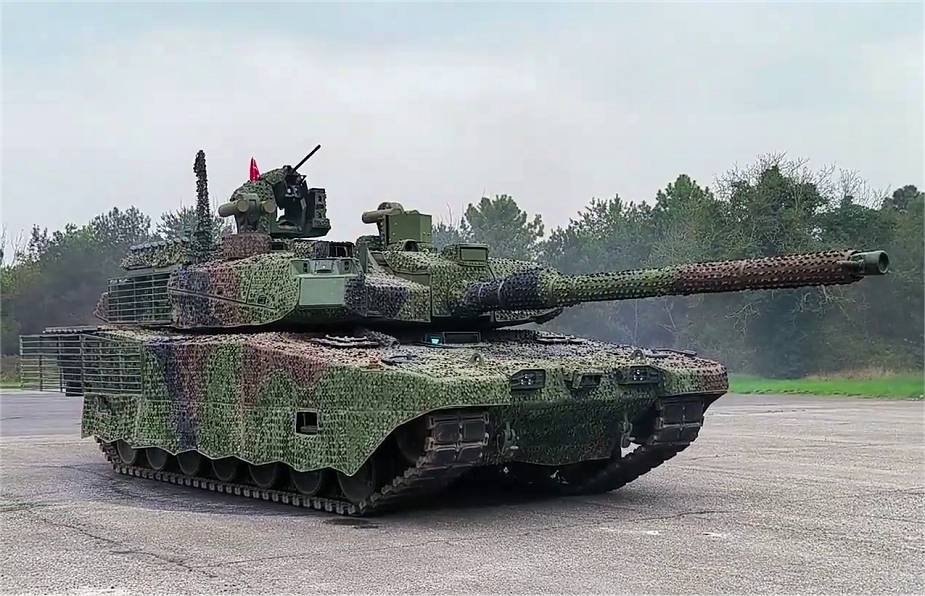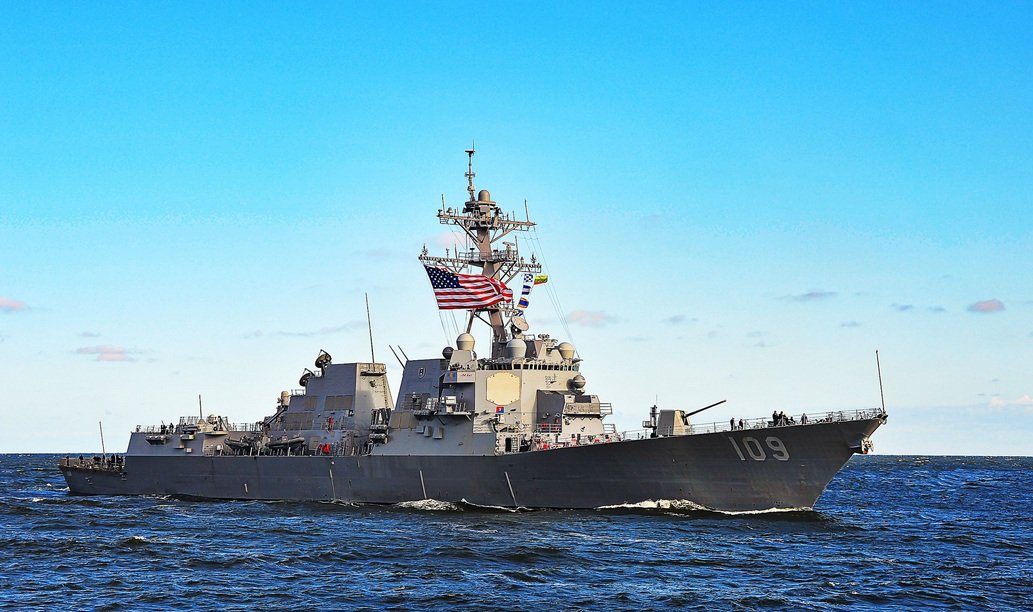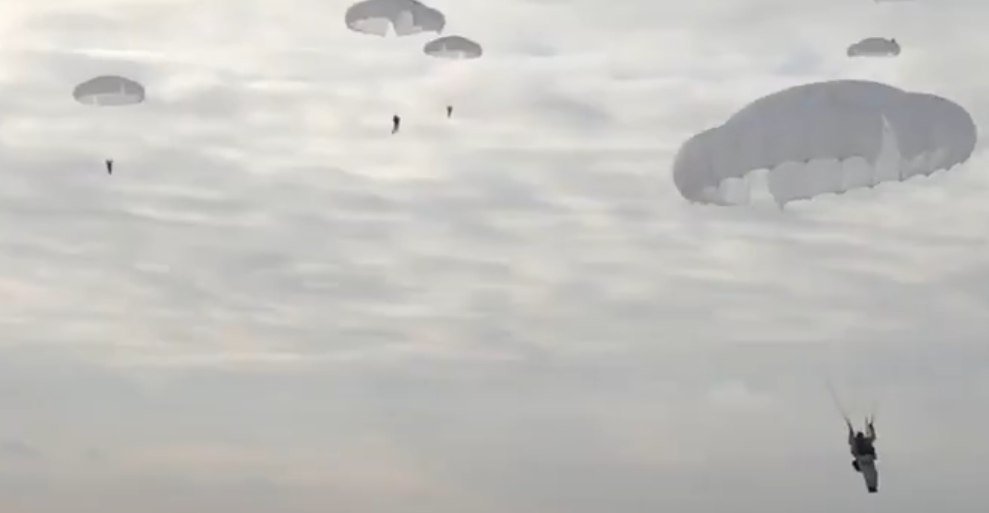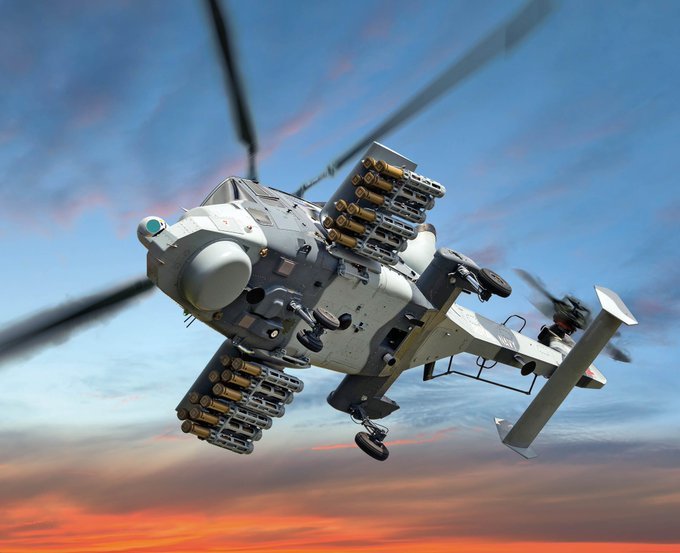
Contrast messages of the same meaning, 5000 missiles against 500 attack drones at once?
Ukraine, March 4, 2025 – After a meeting in London, the mass media mistakenly seized on a single specific report: Ukraine is to receive over 5,000 air defense missiles. A seemingly impressive number that does not even put into perspective the fact that these are light portable missiles of the MANPADS category.
That’s okay, this is a promising weapon – the Lightweight Multirole Missile (LMM), which was one of the alternatives described by the author as suitable for the Slovak armed forces instead of the procured Polish Piorun missiles.
Its advantages are considered to be a low weight of only 13 kg and a solid range of over 6 km, as well as a flight speed of over Mach 1.5. However, the most important thing is the laser guidance method, which cannot be disrupted, or rather, the missile can also be used against land and sea targets. Currently, the question of its price is also coming to the fore. The British public is being served the news with two sauces.
First, the missiles will be manufactured at Thales’ Belfast facility in Northern Ireland, where 200 jobs will be created and over 700 existing jobs will be retained. The price of the contract, which may seem high – $1.6 billion – is not disclosed in some reports. However, this will also result in a threefold increase in LMM missile production, which may generate further economies of scale. The price may also be distorted by the lack of information on the supply of LMM missiles together with the Thales Rapid Ranger short-range air defense system, which in addition to the LMM is also capable of firing Starstreak missiles. This is reported only by Ukrainian sources, with the addition that Ukraine has expressed interest in later localizing the production of LMM missiles and Rapid Ranger systems. (For comparison, for example, Estonia allegedly bought 100 launchers and 300 Piorun missiles for $113 million). Added to this is the commitment to increase British defense spending to 2.5% of GDP by 2027, then to 3%. This investment is therefore to be part of a broader strategy to increase national security and support the British defense industry.
Secondly, the future supply of these missiles to Ukraine will strengthen its ability to protect its infrastructure and civilian population from air attacks – fully in the spirit of the UN General Assembly resolution, which Slovakia also recently voted for. The more daring do not forget to add that Russia will be able to get off the beaten track of the past three years within a year.
In any case, over 5,000 LMM missiles remain a good reason for the mass media to believe that there has been a significant strengthening of Ukrainian air defense. So who is relativizing these reports? Well, Ukraine itself. Not the author who in recent days has been writing reports on peace efforts on the UN platform and has not published any other evidence that would confirm the conclusion formulated in his articles until mid-December 2024, that the war will probably last at least until September 2025, or longer. At most, he published reports leading up to today’s article, which, however, rarely contained specific data.
Thus, recent articles have been published about the possibility of joint Russian and North Korean development and production of drones, mentioning the first confirmed deployment of the Italmas with a range of 200 km.
Possibly articles on the development of alternative Russian kamikaze drones, as well as the results of the deployment of the Lancet, which effective air defense should also destroy if possible, although they usually do not fly far beyond the line of combat contact.
So will over 5,000 LMM missiles be enough for the Ukrainians? President Zelensky himself stated that Russia has sent 1,050 attack drones to Ukraine over the past week (kamikaze drones such as Lancet. Privet-82, Scalpel, Molniya, Kub and certainly not FPV drones are not included in this), 1,300 aerial bombs (these are probably the vast majority of glide aerial bombs of various calibers from 0.25 to 3 tons with UMPK guidance blocks, or 0.25 tons with an UMPB auxiliary engine) and 20 missiles (this may be a combination of various types of cruise missiles and ballistic missiles, including hypersonic ones, launched from land, air and sea platforms).
If we are to abstract from what President Zelensky says, then it is appropriate to address the content of some reports that the Main Intelligence Directorate of the Ukrainian Ministry of Defense (GUR) has apparently been trying to introduce into public discourse in recent times. The author has so far avoided publishing them for the reasons mentioned above, also pointing to the practical impossibility of verifying them in Russia.
They concern, in particular, estimates of the actual production of the main types of Russian ammunition intended for air strikes, which must be dealt with not by the Ukrainian ground forces’ air defense, but by the state’s air defense. The use of MANPADS missiles, even if they are included in the lower echelon of the integrated air defense system, regardless of the method of guidance, would be ineffective against them, especially ballistic missiles.
At the same time, the news should be seen in the context of the expected interruption of support for Ukrainian air defense from the USA, both in material form (for example, missiles for the MIM-104 Patriot system) and in intangible form in the form of intelligence information on air threats from American early warning and command systems.
This could also apply to the NASAMS systems, the effectiveness of which has recently been positively assessed. NASAMS was supposed to achieve a success rate of 94% in destroying over 900 air targets, of which up to 60% were supposed to be cruise missiles, the rest drones. This is a remarkable result, but it should be added that the Norwegian system has so far used almost exclusively American AIM-120 AMRAAM air-launched cruise missiles. In certain configurations, these have a range of up to 180 km; in the conditions of deployment from NASAMS systems on the Ukrainian battlefield, firing was mostly carried out at a distance of 25 to 50 km.
On the contrary, according to a report that is about a week old, Russia is to intensify its missile production in 2025, planning to produce more than 750 9M723 Iskander ballistic missiles and more than 560 Kh-101 cruise missiles.
The 9M723 missile is one of the components of the Iskander missile system, it is a quasi-ballistic missile with a range of 400 to 500 km, a flight speed of Mach 6-7 and a flight altitude of 6-50 km. If the plan to deliver 750 missiles in 2025 is fulfilled, Russia will strengthen its ability to conduct precise, highly effective strikes against key targets. However, the report should be supplemented here and stated that in addition to the quasi-ballistic 9M723, the Iskander can also use 9M728 and 9M729 cruise missiles, the possible scope of production of which is not reported.
The Kh-101 cruise missile has a range of up to 4,500 kilometers. Its effectiveness is enhanced by the use of a STEALTH design to reduce the effective radar cross-section. The missile’s ability to evade radar detection is further enhanced by its ability to fly at low altitudes and at high subsonic speeds. The production of 560 Kh-101s by 2025 will increase Russia’s deterrence capability and create the potential for potential strikes on strategic targets.
The Ukrainian military intelligence agency GUR attributes such an increase in production primarily to Russia’s continued use of imported components in the production process. It also states that Russia’s potential has probably already reached 40-50 Iskander missiles and 50 Kh-101 missiles per month, in addition to the monthly production of 30-50 Kalibr missiles, which are launched from warships and submarines.
According to a more recent report, which is more than a day old, the current production of the Kh-101 missiles is supposed to be about 46 units per month, but the increase in their production is supposed to be achieved at the expense of the aforementioned Kalibr cruise missiles, which may be in the process of re-evaluating their operational effectiveness. It should be added that the reports based on these documents also refer to analyses by the British Royal United Services Institute, which indicate the ability of Russia to modify the Kh-101 missiles during the production process. Improvements include, for example, thermal decoys/deceptive targets to disrupt missiles of air defense systems that are mainly guided by heat, such as the Polish Piorun, improved electronics for better accuracy/less probable circular deviation of the CEP, and warheads equipped with cluster munitions, among others.
In the case of the 9M723 ballistic missiles for the Iskander, production is expected to increase to 62 units per month, which is 25% more than in December 2024. The information in this report was not previously reported with reference to a source in the GUR intelligence or was presented directly by its deputy commander, Major General Vadym Skibitsky. He added that Russia has also increased production of the Kh-47M2 Kindzhal hypersonic aeroballistic missiles by about 20-50% compared to last year, as this weapon has demonstrated greater effectiveness in combat scenarios. These missiles have a speed of Mach 10 and a range of about 2,000 km.
The latest report again quotes Major General Skibitsky and mainly concerns attack drones. Russia has significantly increased their production, which allows using 150 to 200 drones in one attack. Other plans include increasing the number of bases from which the drones will launch. Moreover, if the Russians achieve their production targets, Skibitsky said they will be able to deploy approximately 500 drones simultaneously in a single attack in the first half of 2025. This estimate has caused panic among those who interpreted his words as meaning that Russia will launch 500 attack drones per day. That would be an extreme increase for now, but Skibitsky adds that the variety of drones that Russia deploys has also increased. While in 2023 and early 2024 Russia mainly used one type of drone, the Shahed, today the arsenal includes Geran-1, Geran-2, Harpies, Gerbers, Parodies and others.
The question remains whether the Ukrainian general can also imagine the division of tasks between drones in an artificial intelligence-controlled swarm, which may also include the use of tactics to suppress or destroy enemy SEAD/DEAD air defenses, or protect against their effectors.
However, he states that combat attack drones, reconnaissance drones, decoys (which lack warheads) and target imitations are already flying today. He further states, using the example of cruise missiles, that Russian attacks have become more complex and synchronized, as missiles and drones are launched in waves, which makes air defenses more difficult.
“Previously, up to 70 missiles followed a single route that entered Ukraine through Luhansk/Luhansk Oblast and headed straight for Kiev. Now the missiles are entering from different directions and maneuvering around the air defense zones to reach their targets.”
Among the new targets of Russian strikes, Skibicky also lists the gas transportation system and gas extraction facilities/gas deposits. If we expand the field of view beyond the air defense, for example, General Skibicky believes that Russia is mobilizing 343,000 people this year.
The conclusion is therefore that both the only specific report from the negotiations in London on the supply of LMM missiles, as well as the reports about the alleged rapid increase in the production of Russian drones and other means of conducting air strikes, testify to one thing. Ukrainian air defense is entering a crisis and may lose the ability to cope with its tasks.
Two things can be added. About ten days ago, for the first time in at least the last three years, the commander of the GUR, Lieutenant General Kyrylo Budanov, spoke in Russian. The passage was also heard via a Russian social network author. Was it somehow related to the issue of Ukrainian air defense? Only to the extent that the Russian language was probably not suggested to him by the manufacturers of the LMM missiles.

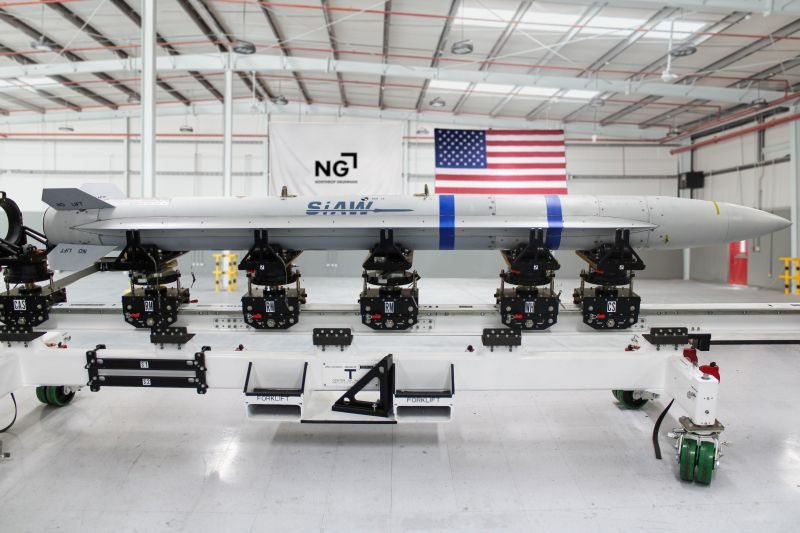
Peter Weiss

